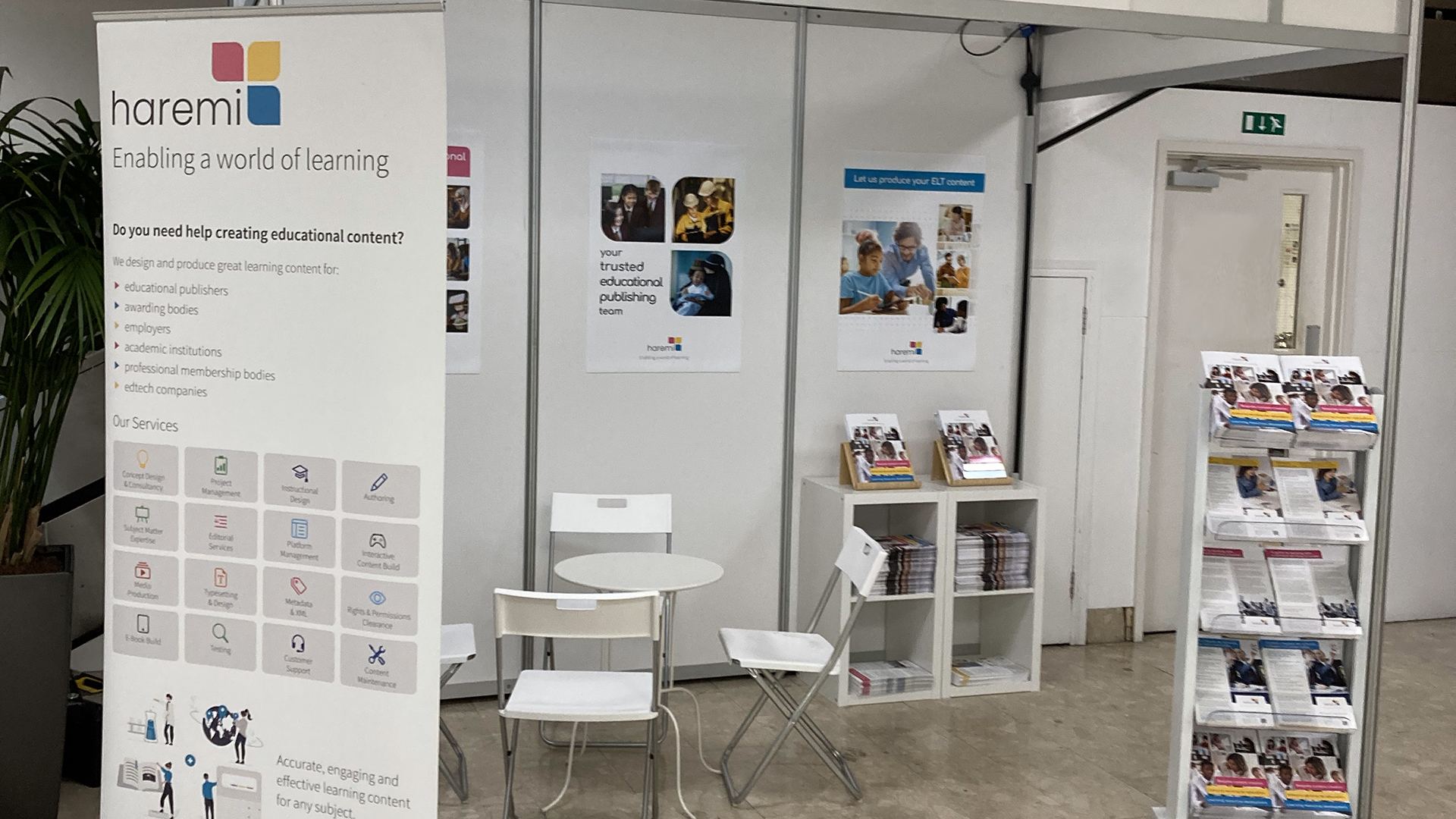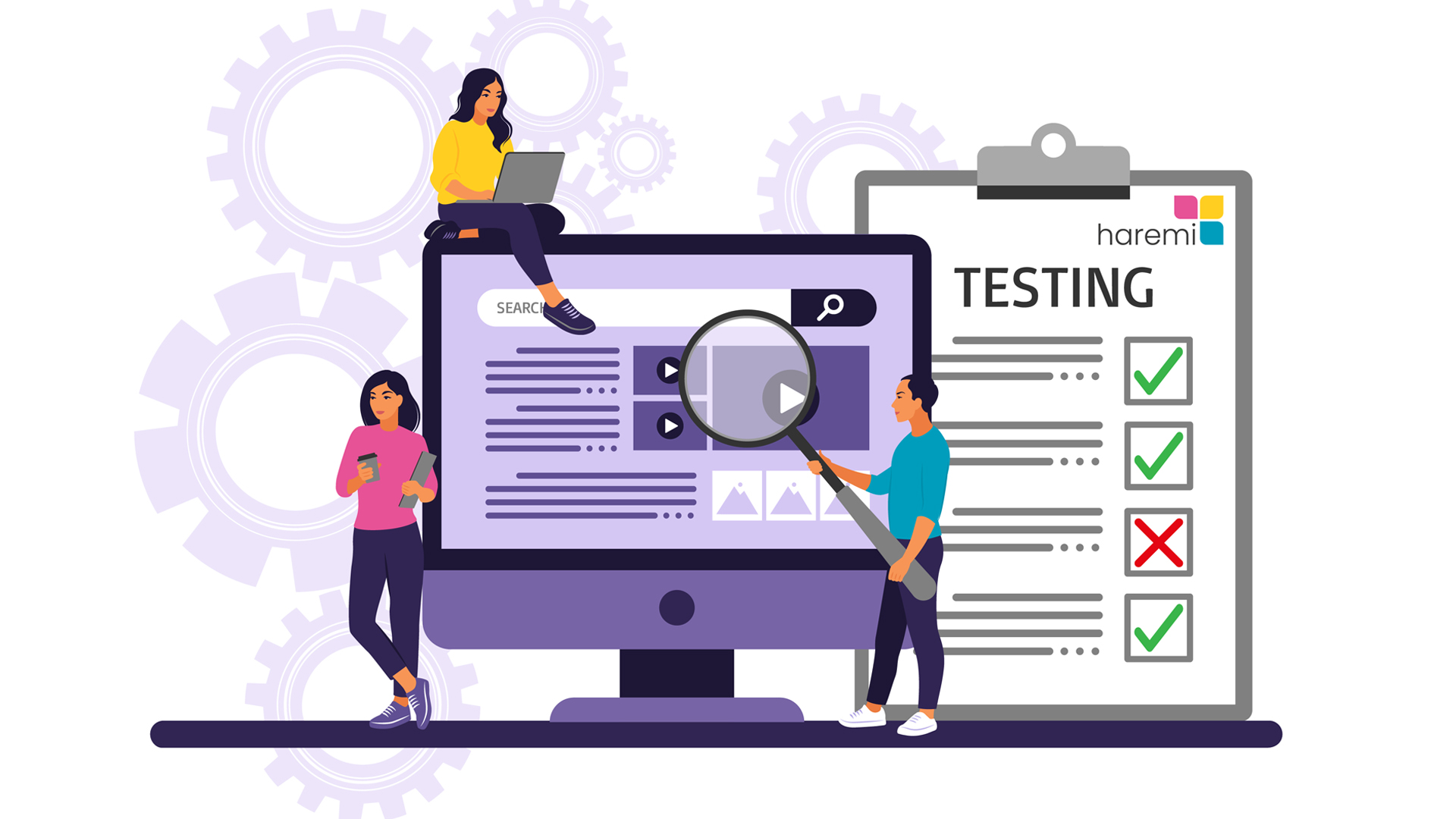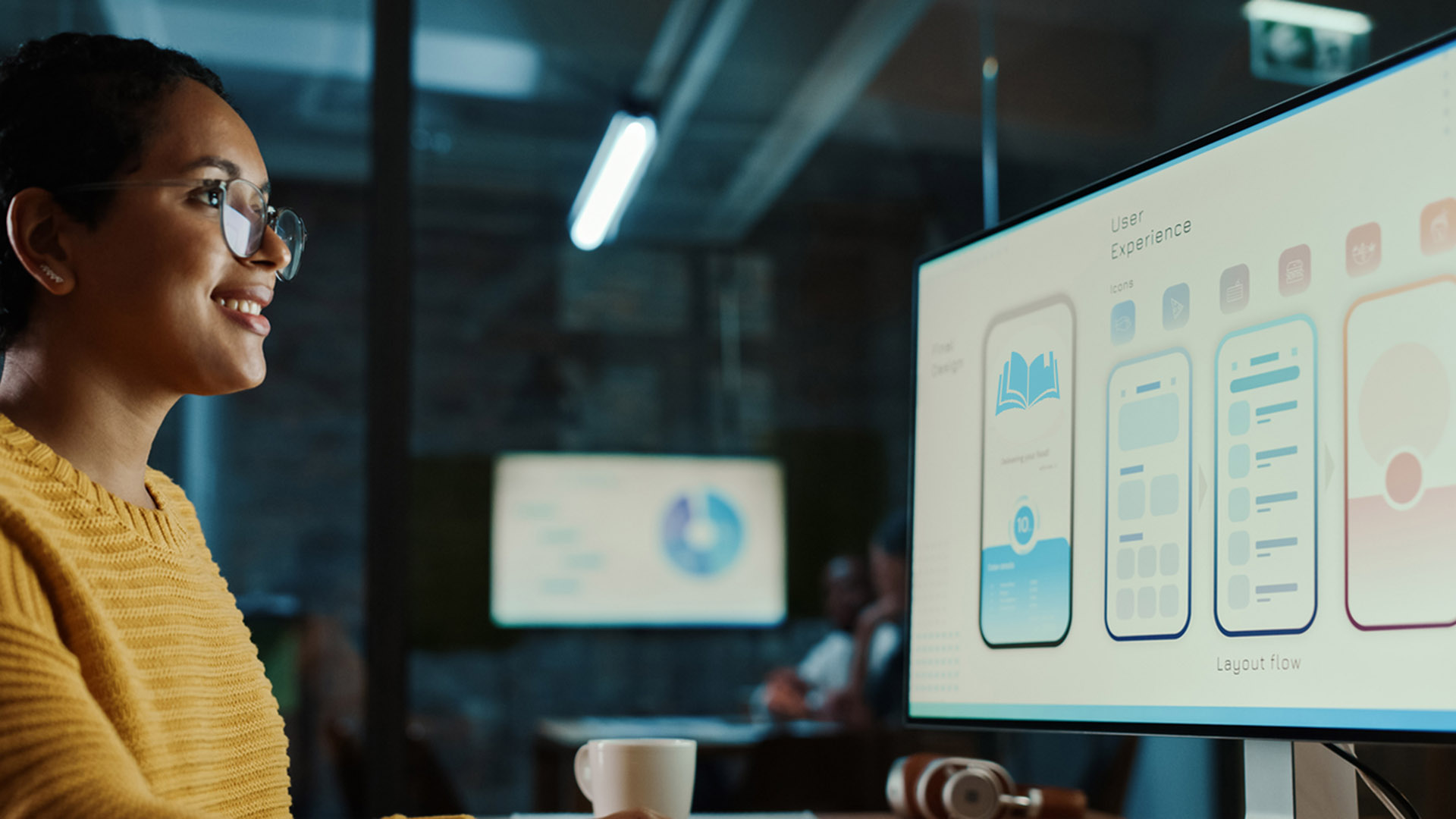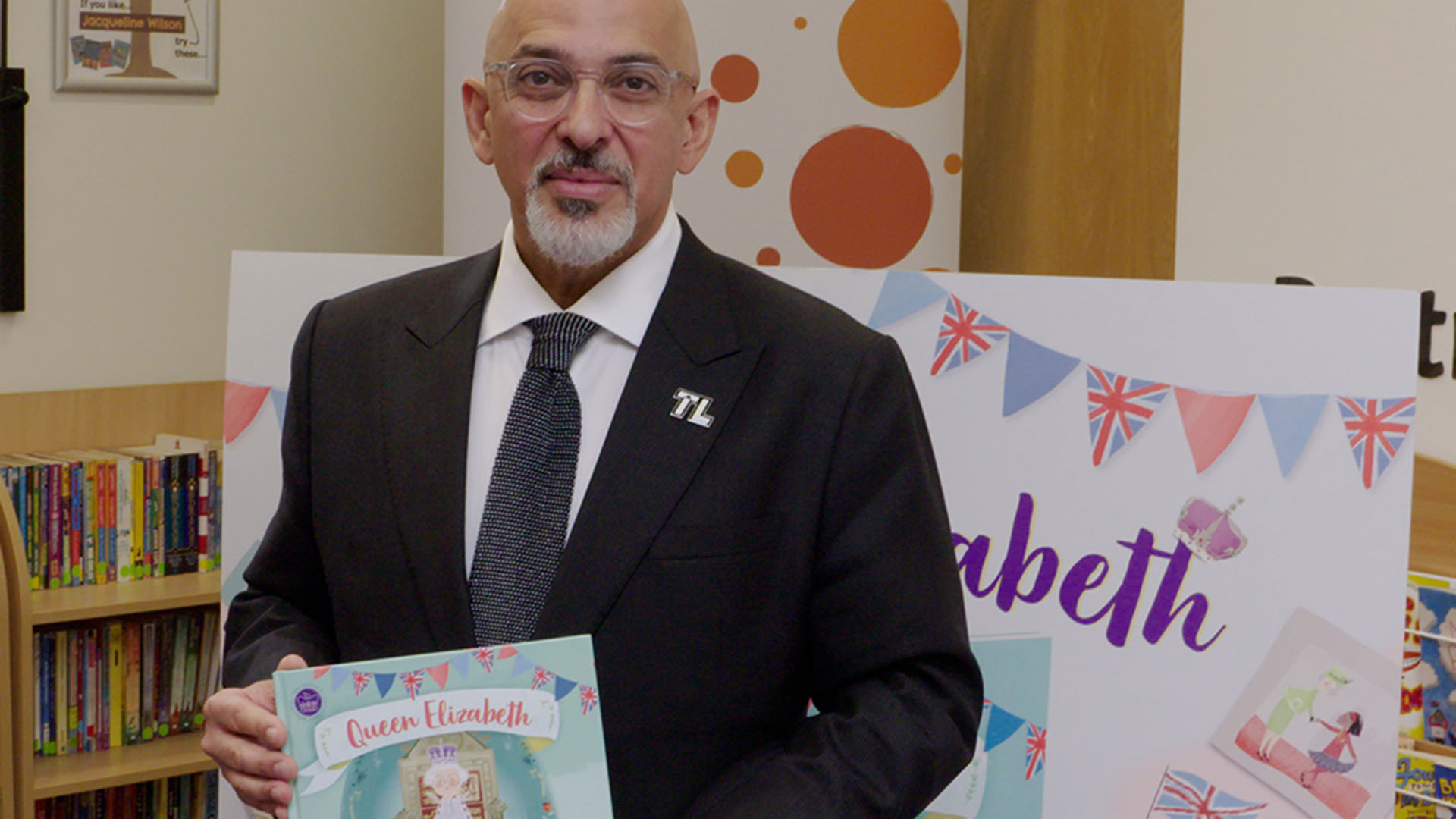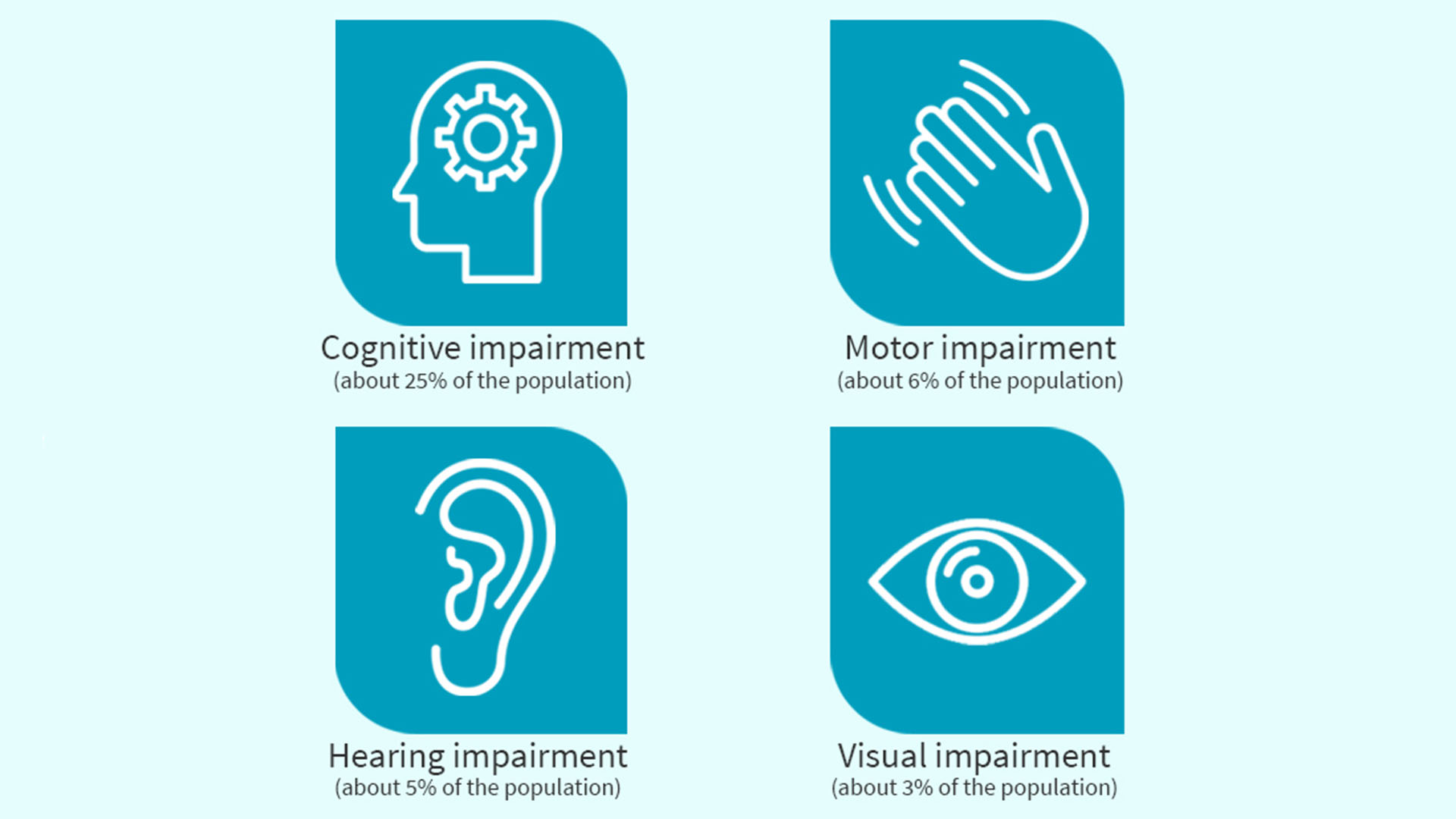
Accessibility in action: Services to help learning providers reach every learner
Haremi embeds inclusive design principles in everything it does, to enable and draw on the full range of human diversity. At the heart of this is a desire to include teachers and learners with a range of perspectives.
In the context of the learning content we produce for our customers, this is done while also balancing the interests of different project stakeholders and taking into account the needs of specific audiences and considerations for markets with differing cultures and values.
Over 15 years of producing both print and digital learning content means Haremi has a detailed understanding of the needs of all types of teachers and learners. We try to recognise exclusion throughout our daily work on learning projects and then find ways to make learning content universally accessible – for instance, by ensuring a book is created by a diverse team, or by providing an online course in multiple formats to make sure everyone's needs are taken into account.
As one of the first signatories of the United Nations Sustainable Development Goals Publishers Compact, we take seriously the positive impact we can have on wider society. As an employee-owned business with an inclusive culture, all our team members support our efforts to improve accessibility, from designing an accessible user interface to ensuring they avoid unconscious biases when they author questions, research photos or script an audio file.
We provide all our customers with advice on accessibility considerations during projects and strive to help them meet their own accessibility commitments.
Our accessibility services for learning content include:
- alt text writing
- creating alternatives for time-based media, including transcripts, captions and audio description
- accessibility testing against WCAG (Web Content Accessibility Guidelines) criteria, to ensure content is properly perceivable, operable and understandable
- compatibility testing across different devices, operating systems, software and application versions, browsers and networks (including different bandwidths and for different territories)
- EAL reviews to ensure content is as accessible as possible to those who speak English as an additional language
- DEI reviews to ensure content promotes diversity, equity and inclusion by representing people of different genders, races and ethnicities, abilities and disabilities, religions, cultures, ages and sexual orientations
- typesetting in alternative formats such as large print
- fixed layout or reflowable ePub creation (text-to-speech compatible)
- audio recording
- translation.
For more information about how Haremi can help make your learning content more accessible, please contact us.












